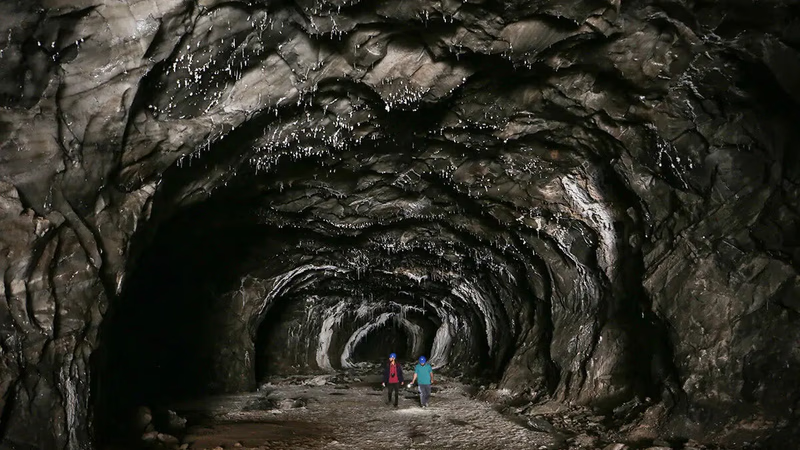
Mineral ores like chalcopyrite and hematite are vital for trade.
A mineral ore refers to a naturally occurring rock or sediment that contains valuable minerals or elements that can be extracted and processed for various purposes. Ores are typically formed through geological processes over millions of years. They are characterized by their economic value and the concentration of valuable minerals or metals they contain. Mineral ores are essential sources of raw materials for various industries. They serve as the primary sources for extracting metals, such as iron, copper, gold, silver, aluminum, and many others. Ores can also contain non-metallic minerals, such as phosphate, limestone, gypsum, and coal, which are used in industries like agriculture, construction, and energy production.
Scientists have identified over 4000 minerals of the earth's crust, although much of the earth's crust has formed the few of them. Nearly, all foods have salt and salt is nothing but a mineral called halite or sodium chloride. We wear minerals, live with minerals and on minerals, and admire the beauty of minerals. Minerals are "crystalline" solids. It is a solid crystal whose atoms are arranged in a regular repeating pattern. Sodium ions combine with chloride ions to form salt (halite). All salt grains in a salt spray have this crystal structure. Minerals have a structure that is not characteristic of living masses. Coal is made from the remains of plants and animals. Is coal a mineral? Coal is classified as a sedimentary rock but is not a mineral.
Minerals are made by natural processes that occur in the ground or on the ground. Diamonds made deep in the earth's crust are minerals, but diamonds made by humans in the laboratory are not. Be careful when buying laboratory-made diamonds as jewelry. Because it may be beautiful, but it is not a diamond and it is not technically a mineral.
Almost all of the Earth's crust (98.5%) is made up of eight elements (oxygen, silicon, aluminum, iron, calcium, sodium, potassium, and magnesium), and these are the elements that make up the largest amount of minerals. All minerals have their own chemical composition. Silver ores are made up of only silver atoms, and diamonds are made up of only carbon atoms, but most minerals are made up of chemical compounds. Each mineral has its own chemical formula.
NaCl (also known as halite) is NaCl (sodium chloride). Quartz is made up of two oxygen atoms bonded to a silicon atom, represented by the chemical formula SiO2. In nature, things are seldom as simple inside the laboratory, so it should come as no surprise that some minerals contain a wide range of chemical compounds. An important example in earth science is olivine, which contains silicon and oxygen, as well as some iron and magnesium (Mg, Fe) 2SiO4.
The extraction of valuable minerals from an ore involves various processes, including mining, crushing, grinding, and refining. These processes aim to separate the desired minerals from the surrounding rock or waste material. Once extracted and processed, the minerals from the ore can be further transformed into usable products, such as metals, fertilizers, building materials, and more. The identification and evaluation of mineral ores are important tasks in the field of geology and mining. Geologists and mining experts study the geological characteristics of an area to locate and assess potential ore deposits. Factors such as mineral composition, concentration, accessibility, and economic viability are considered when determining the value and feasibility of mining an ore deposit.
-
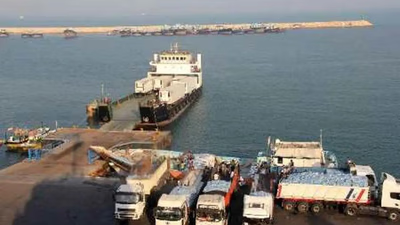
The Middle East is a significant player in the global mineral trade, primarily due to its vast oil and gas reserves. Countries like Saudi Arabia, Iran, Iraq, Kuwait, and the UAE dominate this sector, with oil and gas extraction being crucial. The region also has rich bauxite deposits, particularly in Iran and Saudi Arabia, which are essential for aluminum production. Additionally, phosphate rock deposits in Morocco, Jordan, and Saudi Arabia contribute to fertilizer manufacturing, supporting agriculture. The trade of precious metals and gemstones, including gold and turquoise, enhances the luxury goods market. Industrial minerals such as gypsum, limestone, and silica are vital for construction and manufacturing industries. The Middle East is recognized as the largest producer of minerals globally, with over 60 types extracted from numerous mines. The mineral export market is lucrative, with exports valued in the hundreds of billions, driven by both metallic and non-metallic materials.
Key minerals include copper, iron ore, and chromium, with rising export duties impacting trade dynamics. The region"s iron ore, essential for steel production, is complemented by imports from Brazil, Australia, and Ukraine. Copper mining and smelting operations are active in Iran, Turkey, and Oman, meeting both local and international demands. The macroeconomic policies of Middle Eastern countries aim to boost mineral exports to reach a trillion dollars, showcasing the sector"s importance to the regional economy.
-
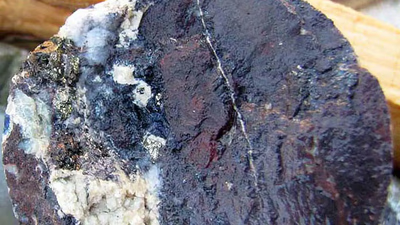
Mineral ores are valuable due to their mineral or metal content, influenced by market demand, extraction costs, and processing feasibility. Ores vary in concentration, from low-grade to high-grade, impacting their economic viability. Key characteristics of minerals include being solid, having a crystalline structure, occurring naturally, and possessing a specific chemical composition. The accessibility of ore deposits, determined by factors like depth and location, affects mining feasibility. Minerals exhibit various physical properties such as color, streak, diaphaneity, density, cleavage, fracture, and hardness, which are essential for identification. Geological processes shape ore formation, with deposits varying in size and shape, influencing extraction methods. The ore grade indicates the concentration of valuable minerals, with higher grades being more economically favorable. Understanding these characteristics is crucial for stakeholders in the Middle East trade platform and B2B marketplace Asia, as they navigate commodity trade and supply chain solutions.
-
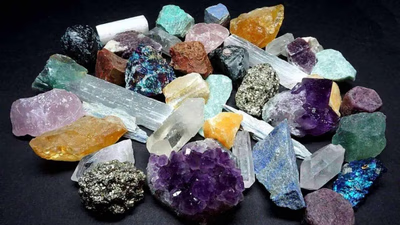
Accurate identification of ore minerals is crucial for minerals merchants, enabling them to assess quality, grade, and purity, which directly impacts market value. This expertise allows merchants to negotiate fair prices and stay informed about market trends and pricing dynamics. By understanding demand and supply, they can identify emerging opportunities and make informed pricing decisions, maximizing profit margins. Additionally, knowledge of mineral identification mitigates risks associated with trading, including transportation and storage challenges. Merchants can differentiate themselves by offering specialized services, attracting clients who prioritize accurate mineral identification. Various techniques, such as visual examination, X-ray diffraction (XRD), and chemical tests, are employed to determine mineral species. These methods provide insights into physical properties, chemical composition, and unique spectral signatures. The ability to identify minerals also opens avenues for value-added services like testing and certification, enhancing customer trust and relationships. Furthermore, merchants can expand their product range and cater to diverse market segments, ultimately fostering long-term partnerships with clients who value expertise in mineral quality and authenticity.
-
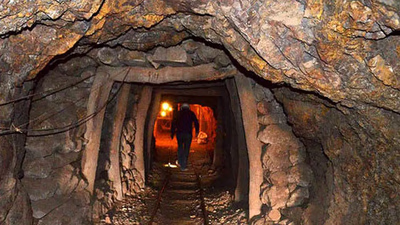
The Middle East, particularly West Asia, is rich in various mineral resources essential for global industries. Key minerals include bauxite, which is the primary source of aluminum, with significant deposits in Iran, Saudi Arabia, and Turkey. Phosphate rock, crucial for fertilizers, is abundant in Jordan, making it one of the largest exporters globally. Copper ore, primarily sourced from Iran, Turkey, and Oman, supports construction and electronics industries. Hematite, the main iron ore, is also found in these countries, vital for steel production. While the region has limited coal resources, small deposits exist in Turkey and Iran. Other minerals like chalcopyrite, chromite, and sphalerite are present but not as prominent. The importance of quality assurance in mineral exports cannot be overstated, as customers often require detailed analyses of shipments.
Exporters must identify reliable suppliers and provide competitive pricing based on quality assessments. This focus on quality and compliance with customer specifications is crucial for maintaining a good reputation in the trade.
-

Mineral ores are naturally occurring rocks or sediments containing valuable minerals or elements that can be extracted for various industrial purposes. Formed through geological processes over millions of years, these ores are characterized by their economic value and the concentration of minerals. They serve as primary sources for extracting metals like iron, copper, and gold, as well as non-metallic minerals used in agriculture and energy production. The Earth"s crust comprises over 4000 minerals, with a significant portion made up of eight key elements. Extraction involves mining, crushing, grinding, and refining to separate desired minerals from waste material. The evaluation of mineral ores is crucial in geology and mining, with experts assessing factors such as mineral composition and economic viability to determine the feasibility of mining operations. Understanding the characteristics and processes related to mineral ores is essential for businesses engaged in the Middle East trade platform and B2B marketplaces in Asia, facilitating effective supply chain solutions and regional product listings."





